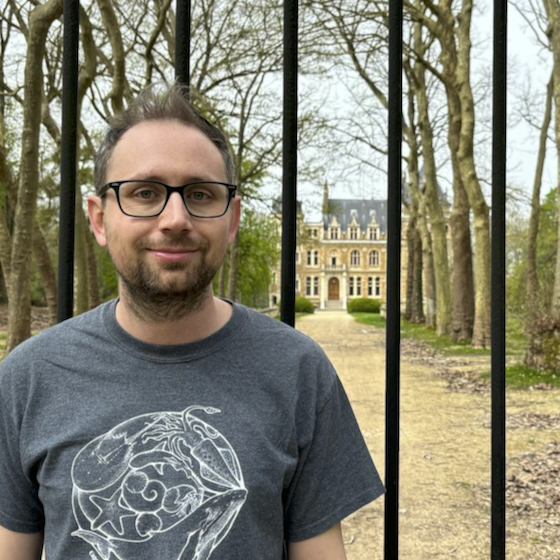
Thibaut Brunet, PhD
Research in the Brunet lab addresses a simple but unsolved question: how did the first animals acquire and control their shape? When and how did early assemblies of cells become more than the sum of their parts, by generating collective behaviors that allowed organism-scale morphogenesis and motility? While the very first multicellular ancestors of animals were likely microscopic (and too small to leave fossils), one can gain insights into these questions via the comparative study of living groups. The Brunet lab investigates the cell biology, morphogenesis and behavior of choanoflagellates, the closest known living relatives of animals. Choanoflagellates can switch between unicellular and multicellular lifestyles, display temporal cell differentiation, and have recently become amenable to functional molecular genetics. The Brunet lab wants to understand how the cell shape of choanoflagellates is controlled, how it dynamically responds to the environment, and how choanoflagellates sometimes develop into multicellular colonies capable of emergent collective behavior. One of its main strategies is the discovery of establishment of new model systems capable to shed fresh light on fundamental and enduring biological questions. One of them, the recently discovered choanoflagellate species Choanoeca flexa, displays contractile collective behavior hitherto unknown in unicellular relatives of animals, but reminiscent of animal motricity and thus susceptible to inform the first steps in the evolution of animal behavior.
Thibaut Brunet is a junior group leader at the Institut Pasteur in Paris, where he set up his lab in November 2021. He completed his undergrad training at the Ecole Normale Supérieure in Paris (2007-2011) and did his PhD research at the European Molecular Biology Laboratory in Heidelberg (Germany) in the laboratory of Detlev Arendt (2011-2016). He then carried out his postdoctoral training in the laboratory of Nicole King at UC Berkeley (2016-2021). Thibaut is the recipient of a starting grant from the European Research Council (2022), of the junior researcher award from the French Society for Cell Biology (2022), of a grant from the Agence Nationale de la Recherche (2023), and of long-term fellowships from the European Molecular Biology Organization (2016) and the Human Frontiers Science Program (2016).